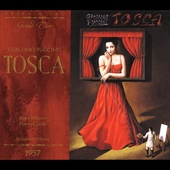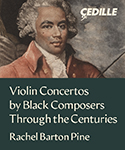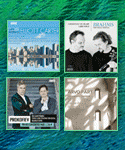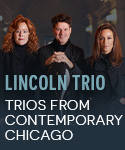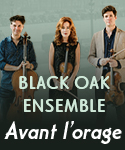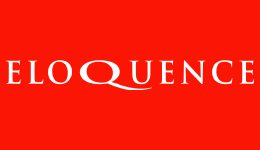This live, 1957 performance is self-recommending to fans of either Milanov or Corelli, she 10 years from retirement, he only a few years into his career. Her Tosca is dignified and imperious and full of voice; what she lacks in deep insights she makes up for in grand tone–her “Vissi d’arte” is a knockout–and she can work herself into a lather with the best of them. Not quite in her prime, she’s still masterfully stylish: her use of portamento is an object lesson in Italian-opera singing and her pianissimos are in a class by themselves. She makes occasional lunges at high notes and is unwieldy in Tosca’s more overtly loony outbursts, but she’s a soprano who deserves her almost legendary status, and this recording is better than her studio recording of the same role, made the same year.
Corelli’s steely-golden-bronzed tone is a thrill a minute, and he was still young enough in ’57 to sing the words as well as the notes most of the time. His big moments–“Vittoria!, Vittoria” and “E lucevan le stelle” for example–demand an almost physical reaction from the listener. What a glorious sound he had! Giangiacomo Guelfi, the least-known of the three, had a less starry career in the U.S. than he should have. He possessed a huge, snarly, wonderfully Italian baritone that could spread, but that invariably excited. Michael Langdon and Forbes Robinson, two stalwarts of British opera in the ’50s and ’60s, turn Angelotti and the Sacristan, respectively, into real characters, and Alexander Gibson leads the Covent Garden forces in an exciting performance. Recommended–after Callas, of course.






















